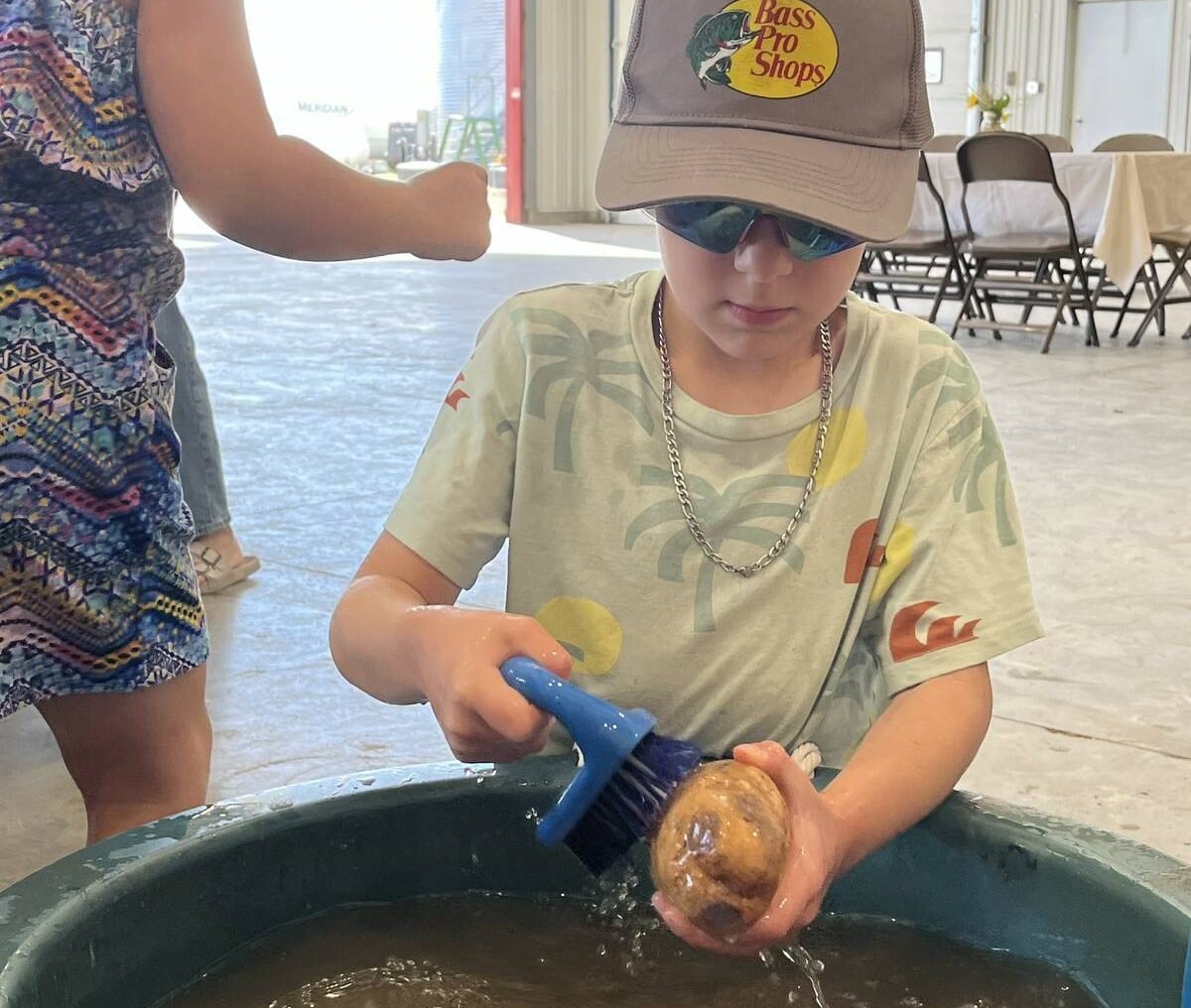Researchers have identified a new strain of BSE that could explain how patient zero first developed the disease in Britain.
Two of the three cattle cases of BSE that have been identified in the United States are different than the classic cases that have occurred in Canada and Britain.
The abnormal prion proteins found in cows diagnosed with the disease in Texas and Alabama had a heavier molecular weight than normal and reacted strangely when exposed to antibodies.
But the most glaring oddity in the two U.S. cases was the absence of the BSE calling card.
Read Also

Agri-business and farms front and centre for Alberta’s Open Farm Days
Open Farm Days continues to enjoy success in its 14th year running, as Alberta farms and agri-businesses were showcased to increase awareness on how food gets to the dinner plate.
“They didn’t have the spongiform (lesions) in the brain that is characteristic of this wasting disease,” said Ed Curlett, spokesperson for the United States Department of Agriculture’s Animal and Plant Health Inspection Service.
Researchers have no reason to believe they have stumbled onto a new disease. The cows displayed all the telltale symptoms and tested positive for BSE.
“We are treating this as BSE, we are not treating it any differently,” said Curlett.
Ten similar cases have appeared in Europe, where some scientists are hypothesizing it is a spontaneously occurring strain of the disease.
University of Saskatchewan BSE expert Chris Clark said researchers have long suspected the existence of such a variant of the disease but have been unable to prove it.
“Up until recently (all the cases) were exactly the same when analyzed in the laboratory.”
If further evidence supports the spontaneous BSE hypothesis it could answer some long-standing questions and give rise to others.
Clark said it might explain how the first case of BSE occurred. Researchers have proven the epidemic spread throughout Britain and the rest of the world through feed containing meat and bone meal from BSE-infected cattle. But how did the cow that first contaminated the feed supply contract the disease?
This new strain could provide the answer if it turns out to be spontaneous BSE. But it also raises some disturbing allegations.
Classic BSE has been linked to variant Creutzfeldt-Jakob disease or vCJD, a rare and fatal brain disorder in humans that as of one year ago had claimed 177 victims worldwide, most of them aged 20-30 years.
There has been speculation in the scientific community and in media reports that if the new strain turns out to be spontaneous BSE it could be linked to classic CJD, a far more common form of the disease that occurs in about one in a million people worldwide, with a median age of about 68.
Clark said that is a dangerous connection to make, one that could unjustly send the beef industry into another tailspin.
“You can create a lot of worry with comments like that and there really is no evidence to support it.”
There is no reason to believe classic CJD isn’t just occurring on its own like cancer rather than being related to a similar disease in cattle.
Curlett said it is premature to talk about spontaneous BSE, let alone connect it to CJD.
“That is definitely a theory, but we would consider that very speculative at this point,” he said.
He also warned against people jumping to any conclusion that if BSE is occurring spontaneously in the U.S. herd, there is no need for a feed ban.
Until science proves otherwise, the ban will remain as will the removal of specified risk materials from the food chain, said Curlett.















